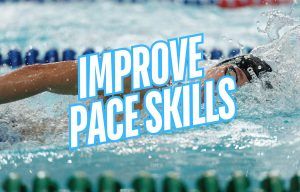
How to Improve Your Pacing Skills
Looking to up your pacing skills in the pool? Here are some actionable pacing tips and tools to help you master pace and your performance on race day.
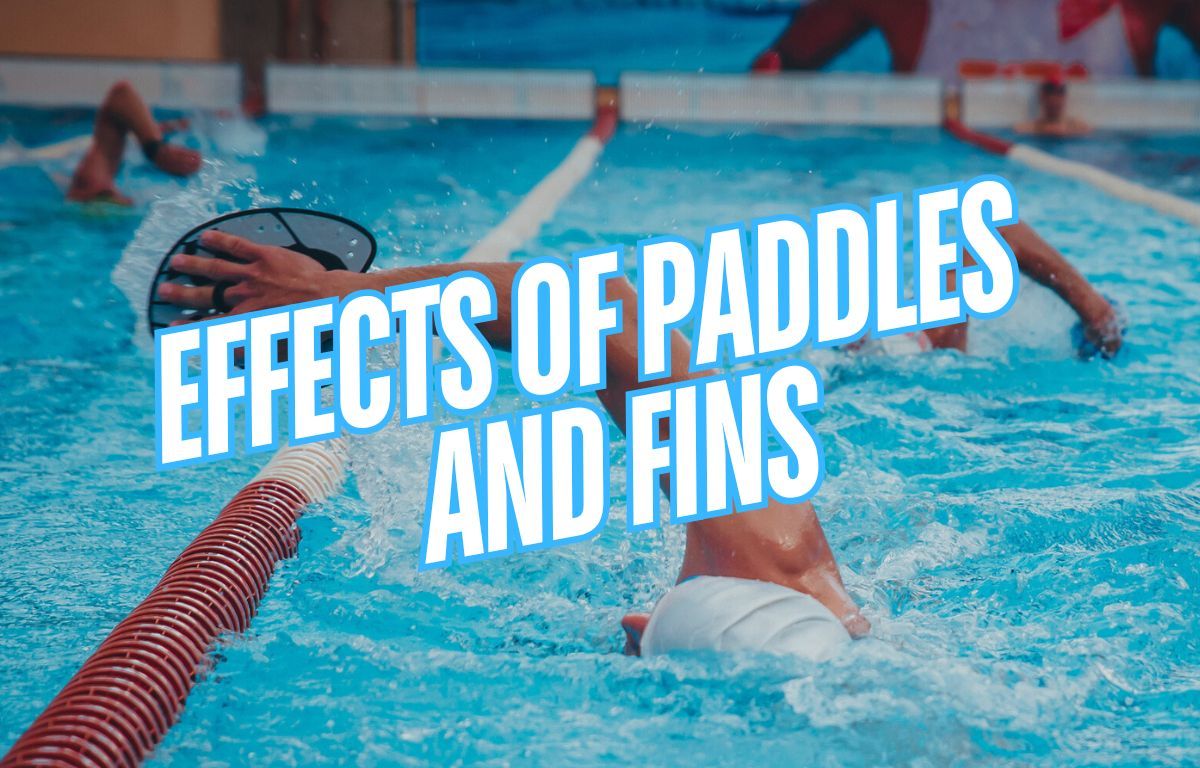
Fins and paddles are popular tools for training and improving swim performance. But how do they impact technique and speed? Let’s find out.
Swimmers love their swim equipment and tools in the water!
Whether we are talking about swim snorkels, drag chutes, waterproof music players, resistance tubing, kickboards, or pull buoys, it’s fun to mix things up with our swimming and try and find new ways to chase improvement.
Swim training fins and swim paddles are at the top of the heap—or rather, mesh bag—when it comes to equipment to help us grease faster times and performances in the water.
Training fins turn us into motorboats, generating huge vortices around our feet and propelling us across the pool at Olympic speeds. Swim paddles turn our pull into a diesel-powered kayak, sending us gliding across the surface of the pool with power and precision.
But while these training tools are invariably a lot of fun to use, what impact are they having on our technique and performance?
Welp, today’s article (with thanks of some research) is all about examining the effects of fins and paddles on technique and swim performance.
Grab your mesh bag and let’s jump in!
A study (De Matos et al., 2023) published in Frontiers in Physiology titled “Effects of paddles and fins on front crawl kinematics, arm stroke efficiency, coordination, and estimate energy cost” examined the effects of training fins and swim paddles on the technique and performance of a group of 11 experienced male competitive swimmers.
The testing was straightforward. Each swimmer did 3×50 freestyle fast, with a 50 swum once a day over three days for lots of rest and maximal performance.
On day one, everyone did a 50m freestyle swim all-out au naturel. No equipment. Day two, same 50, choice of fins or paddles. Day three, same 50, either fins or paddles.
Let’s start with fins to see how they compared to regular swimming.
To start, let’s clarify the type of fins that were used in this study. Swimmers used Kpaloa fins, a short blade training fin that is designed to better mimic kick frequency of normal kicking.
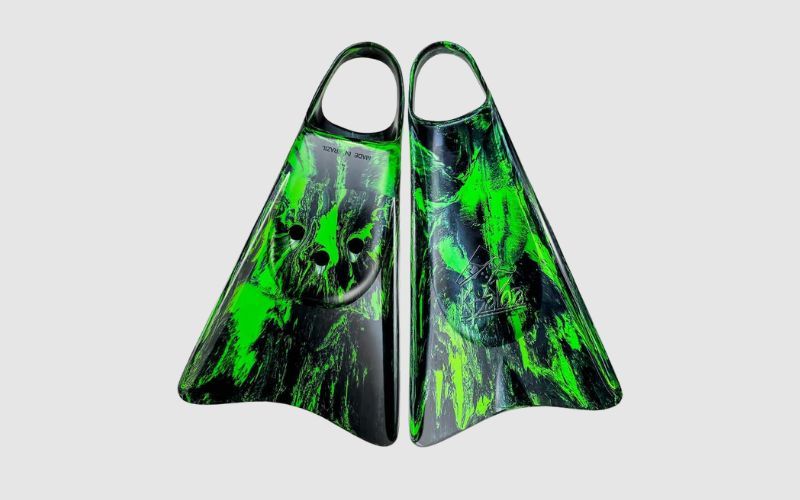
Swimmers had their fastest 50s while using swim fins. No big surprise, there. Stroke length increased significantly, stroke rate came down, and overall velocity went up bigly. Kick depth narrowed and kick amplitude decreased.
Here is a more detailed comparison of how swimming with fins compares with regular swimming:
| Kinematic Parameter | Fins | No Equipment |
| Time to Cover 50m (s) | 25.7 | 28.2 |
| Velocity (m/s) | 2.1 | 1.71 |
| Stroke Length (m) | 2.46 | 2.02 |
| Stroke Rate (cycles/min) | 55 | 58 |
| Kick Depth (m) | 0.32 | 0.36 |
| Kick Amplitude (m) | 0.29 | 0.34 |
| Index of Coordination | -2 | -1 |
Energy cost was significantly higher when sprinting with fins (likely due to larger muscle groups in the legs exerting more power and the increased resistance at higher speeds).
And propulsive continuity (measured as “Index of Coordination”) went down (something sprinters should keep an eye on) as swimmers tended to lapse into even more of a catch-up or hitched stroke when sprinting with fins on.
Next: paddles! The paddles of choice for the study were the TYR Catalyst 2 Paddles.
The paddles were sized to each swimmers based on hand surface area, body mass, and height. In other words, no oversized dinner plates that would send stroke tempo crashing and shoulders achin’.
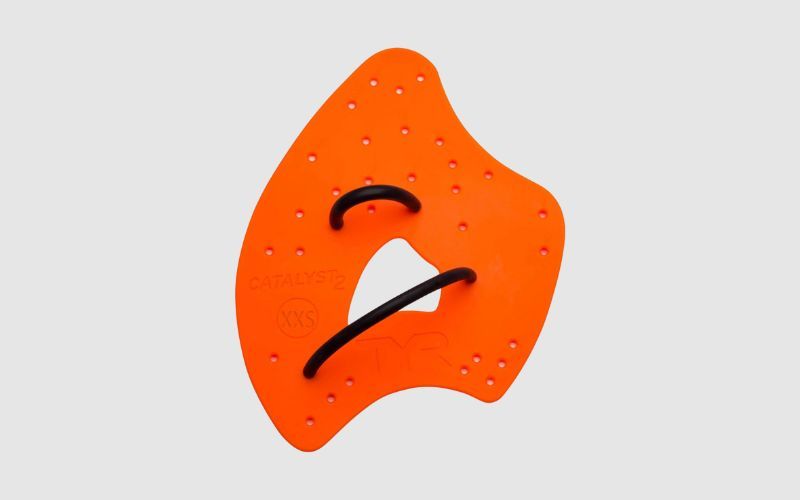
Interestingly, paddles, in the context of this study, increased stroke efficiency but didn’t create meaningful improvements in results (but did increase velocity). Swimmers posted the same time with paddles or without them.
Like fins, stroke length increased, stroke rate decreased, and swimmers got more propulsion from each stroke cycle.
Velocity is listed as faster in the table below because speed was only analyzed during the middle 10m of the second lap (to avoid influence from starts and turns).
The higher velocity and same-same final time may be the result of slower starts or push-offs from the paddles or that it took swimmers longer to reach peak velocity while using swim paddles, which makes intuitive sense. The added resistance requires more force and it’s harder to get up to sprint tempo with paddles on right away.
Here is a more granular look at how paddles compares to regular swimming when doing a 50 freestyle fast:
| Kinematic Parameter | Paddles | No Equipment |
| Time to Cover 50m (s) | 28.2 | 28.2 |
| Velocity (m/s) | 1.86 | 1.71 |
| Stroke Length (m) | 2.4 | 2.02 |
| Stroke Rate (cycles/min) | 51 | 58 |
| Kick Depth (m) | 0.38 | 0.36 |
| Kick Amplitude (m) | 0.35 | 0.34 |
| Index of Coordination | -1.2 | -1 |
The Index of Coordination, a metric that measures timing and overlap of the arm strokes when swimming, was much more similar with paddles and regular swimming compared to fins.
Lots of mini insights to take away for swimmers and coaches. For those who simply enjoy using fins and paddles to keep things spicy and fresh in training, keep on keeping on, but for more performance minded swimmers, paddles and fins should be used smartly.
In both cases, swimmers are looking at longer strokes, higher velocities, and slightly different stroke kinematics than what you get when swimming without them.
Use them with intention to avoid unintended stroke and technique adaptations that could impact racing performance, and more importantly, happy swimming!

Olivier Poirier-Leroy Olivier Poirier-Leroy is the founder of YourSwimLog.com. He is an author, former national level swimmer, two-time Olympic Trials qualifier, and swim coach.
✅ Free shipping on Orders over $49
✅ Price Match Guarantee
✅ Best selection of gear for training and competition
✅ Fast and Easy Returns
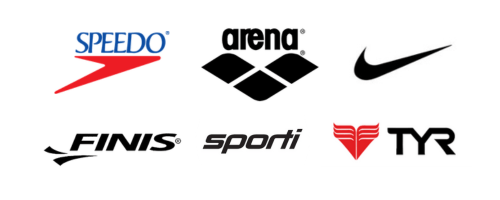
“This is the best book I have ever seen concerning mental training.” — Ray Benecki, Head Coach, The FISH Swim Team


Looking to up your pacing skills in the pool? Here are some actionable pacing tips and tools to help you master pace and your performance on race day.
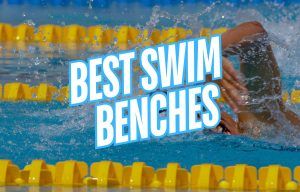
Swim benches are an excellent way to build superhero swim strength and improve technique. Here’s a hands-on review of the best swim benches for faster swimming.
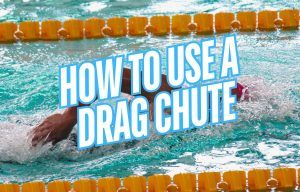
Looking for tips on how to use a drag chute for improved swim performances? Read on for some proven tips, sets, and pointers for training with a chute.
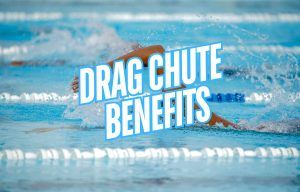
Ready to take your swimming to the next level? Here are seven ways that a drag chute can help you become a better and faster swimmer.
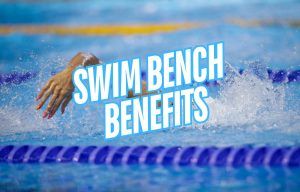
Wondering if a swim bench can help improve your swimming? Here are six benefits of swim benches for better technique, more power, and faster swimming.
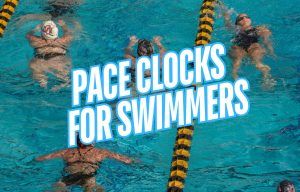
Pace clocks are an indispensable tool for accurate and focused swim training. Here is a look at the best pace clocks for every kind of swimmer and swim team.